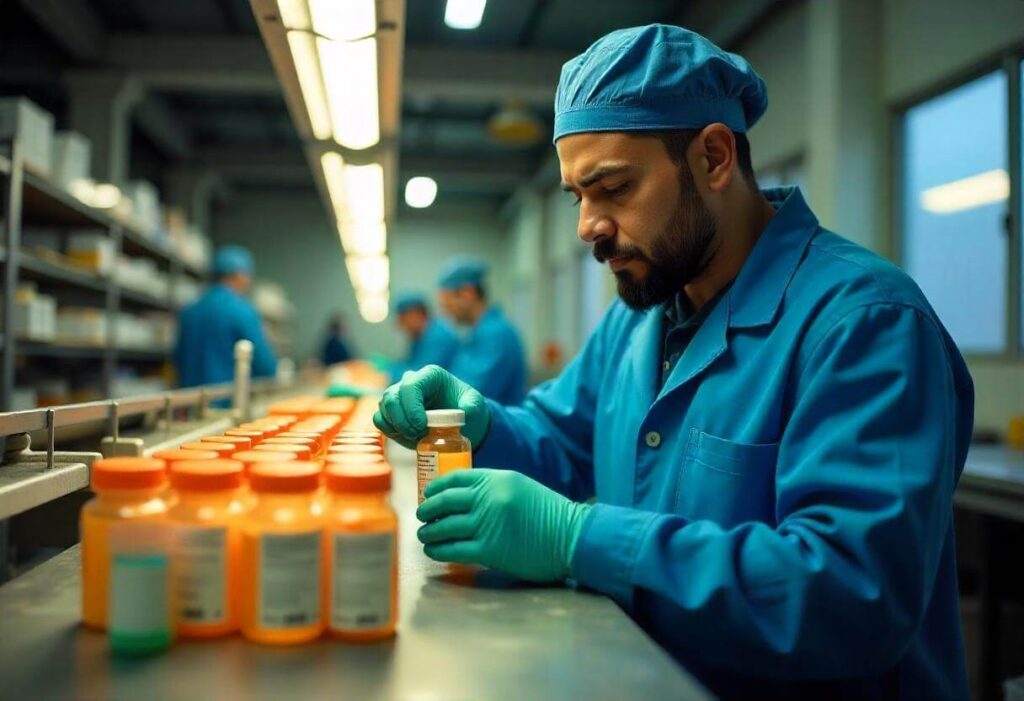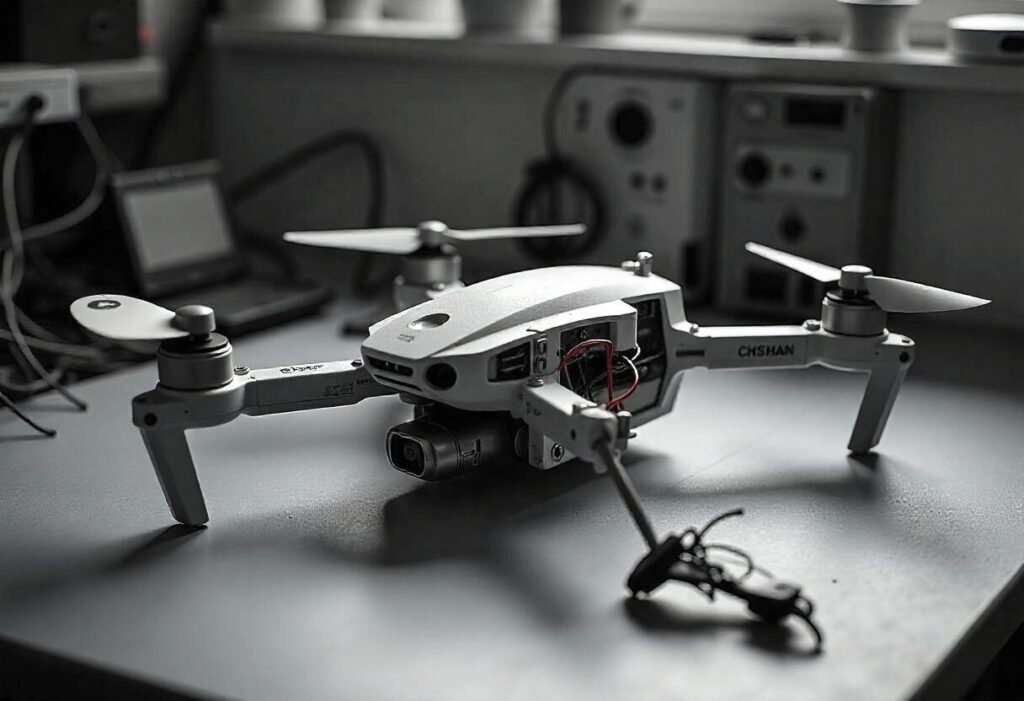Phone: 619-432-5145
Phone: 619-432-5145

Contact Diana Legal for a Free Consultation
If you or a loved one has been injured by a defective product, Diana Legal is here to help. Our firm has a proven track record of success in product liability cases, and we are committed to securing the compensation you deserve.
Don’t let negligent manufacturers escape accountability. Contact Diana Legal today at 619-432-5145 for a free consultation and take the first step toward justice.
Consumers in San Diego who suffer injuries due to defective products have the right to seek legal recourse under product liability laws. These laws hold manufacturers, distributors, and retailers accountable when their products cause harm due to design defects, manufacturing defects, or inadequate warnings. Unlike other personal injury claims, product liability cases often involve strict liability, meaning the injured party does not need to prove negligence—only that the product was defective and directly caused their injury. However, navigating these claims requires a thorough understanding of both state and federal regulations, as well as the ability to challenge corporate legal teams that may attempt to minimize liability.
A skilled San Diego product liability lawyer can provide invaluable assistance in building a strong case, securing expert testimony, and negotiating with insurance companies or manufacturers for fair compensation. Depending on the circumstances, victims may recover medical expenses, lost wages, pain and suffering, and other damages resulting from the defective product. Additionally, in cases of egregious misconduct or willful negligence, punitive damages may be pursued to deter future wrongdoing. At Diana Legal, we leverage our extensive experience in product liability litigation to protect consumers’ rights and ensure that responsible parties are held fully accountable.

Contact Diana Legal now (619-432-5145) for a free consultation and case evaluation!
Diana Legal is dedicated to representing individuals harmed by defective products. Our legal team has extensive experience handling product liability cases, ensuring that negligent manufacturers, designers, and distributors are held accountable. We provide comprehensive legal support, including:
At Diana Legal, our goal is to secure the compensation you need to cover medical expenses, lost wages, and pain and suffering. We handle all aspects of the legal process, allowing you to focus on recovery.
In product liability law, defects generally fall into three distinct categories: manufacturing defects, design defects, and warning defects. Each type of defect presents unique legal challenges and requires a different approach to proving liability. Manufacturers, designers, and distributors have a legal duty to ensure their products are safe for consumer use. When a defect causes harm, injured parties may pursue compensation under strict liability or negligence theories. Understanding the nature of these defects is crucial in building a strong legal case and holding responsible parties accountable.

A manufacturing defect occurs when a product deviates from its intended design due to errors in the production process, making it more dangerous than consumers reasonably expect. Unlike design defects, which affect an entire product line, manufacturing defects typically arise in isolated batches or individual units due to errors in the manufacturing process, poor workmanship, substandard materials, or inadequate quality control. Under California product liability law, manufacturers are held strictly liable for injuries caused by defective products, meaning the injured party does not need to prove negligence—only that the product was defective when it left the manufacturer’s control and that the defect directly caused harm. Common examples include malfunctioning brakes in a vehicle, contaminated pharmaceuticals, or a power tool with a cracked safety guard. If a manufacturing defect caused injury, victims have the right to pursue compensation for medical expenses, lost wages, and other damages.

A design defect occurs when a product is inherently dangerous due to flaws in its blueprint, making it unsafe for consumers even when manufactured correctly and used as intended. Unlike manufacturing defects, which affect only specific units, design defects compromise an entire product line. To establish liability, the plaintiff must demonstrate that a safer alternative design was feasible, practical, and economically viable without significantly impairing the product’s functionality. Courts often evaluate whether the risks posed by the design outweigh its benefits under the risk-utility test. Manufacturers have a legal duty to ensure that products meet reasonable safety standards, and failure to do so can result in liability for injuries caused by defective design.

A warning defect, also known as failure to warn, arises when a manufacturer or distributor fails to provide adequate instructions, warnings, or labels regarding a product’s potential risks. Under strict liability principles, a manufacturer can be held liable if the lack of warning made the product unreasonably dangerous, regardless of whether they exercised reasonable care. In contrast, a negligence-based failure-to-warn claim requires proving that the manufacturer knew or should have known about the risk and failed to provide adequate warnings in accordance with industry standards. Courts have distinguished these two legal theories, emphasizing that strict liability focuses solely on whether the warning was sufficient based on scientific knowledge at the time, while negligence examines the manufacturer’s conduct. If a product’s inadequate warning leads to an injury, the injured party may have grounds for a product liability lawsuit, and seeking experienced legal representation is critical to holding the responsible parties accountable.
Consumers injured by a manufacturing defect, design defect, and/or a failure to warn may have a personal injury claim. Specifically, the consumer may have a viable product liability lawsuit in which the manufacturer or distributor would be strictly liable for the injuries.
In addition to a strict product liability claim, an injured consumer may also plead negligence in the alternative. A cause of action for negligence arising from the use of a product is distinctly separate from a strict liability theory of recovery. In 2008, the Court in Conte v. Wyeth made the distinction between these two causes of action: Strict Liability vs. Negligence: Failure-to-Warn.
“Failure to warn in strict liability differs markedly from failure to warn in the negligence context. Negligence law in a failure-to-warn case requires a plaintiff to prove that a manufacturer or distributor did not warn of a particular risk for reasons that fell below the acceptable standard of care, i.e., what a reasonably prudent manufacturer would have known and warned about. Strict liability is not concerned with the standard of due care or the reasonableness of a manufacturer’s conduct.” (Conte v. Wyeth, Inc. (2008) 168 Cal.App.4th 89, 101 [85 Cal.Rptr.3d 299]).
“The rules of strict liability require a plaintiff to prove only that the defendant did not adequately warn of a particular risk that was known or knowable in light of the generally recognized and prevailing best scientific and medical knowledge available at the time of manufacture and distribution.” Id at 101.
Strict liability holds manufacturers accountable regardless of their level of care, making it a crucial tool for injured consumers seeking compensation.
Product liability claims arise when defective products cause harm to consumers, and these cases can involve a wide range of everyday items. From malfunctioning vehicles to hazardous medical devices, defective products pose serious risks to public safety. Under California law, manufacturers, distributors, and retailers can be held accountable when their products fail to meet safety standards. Understanding the most common types of product liability cases is essential for identifying potential claims and ensuring that injured consumers receive the compensation they deserve.
If you have been injured by a defective product, it is crucial to act quickly. California law imposes strict deadlines on when a product liability lawsuit must be filed. Missing these deadlines could result in losing your right to seek compensation, regardless of the severity of your injury.
In most cases, product liability claims in California must be filed within:
However, exceptions may apply that could extend or modify these deadlines:
Even if you believe you have plenty of time to file, delays can weaken your case. Over time, evidence may become harder to obtain, witnesses’ memories may fade, and manufacturers may change their legal defenses. Consulting an experienced San Diego product liability attorney as soon as possible ensures your claim is properly preserved and aggressively pursued.
Additional Resources:
Contact Us for Advice on Motorcycle Accident or Fatal Accidents:
If you were involved in a fatal Motorcycle Accident and have questions regarding your personal injury case, call us today at 619-432-5145 for a free consultation with one of our experienced Personal Injury Lawyers and Motorcycle Accident Attorneys.